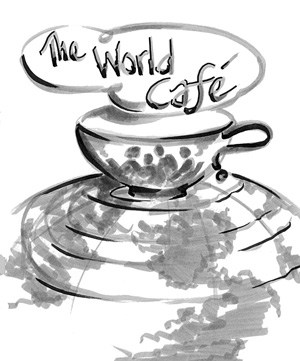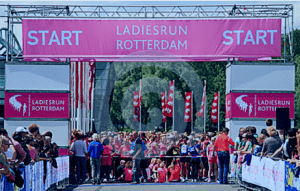 I recently facilitated a software development group’s transition from component scrum teams to feature scrum teams. The new structure reduces cross-team dependencies, which had been causing significant delays in shipping new features. Over the course of a day, we dissolved the existing component teams, refined a shared product backlog, created a shared definition of done, self-organized into new teams, and held LeSS-style sprint planning meetings. The excellent work everyone did left me in awe, and I felt honored to have the opportunity to facilitate the day. The participants left energized and excited for their new adventure.
I recently facilitated a software development group’s transition from component scrum teams to feature scrum teams. The new structure reduces cross-team dependencies, which had been causing significant delays in shipping new features. Over the course of a day, we dissolved the existing component teams, refined a shared product backlog, created a shared definition of done, self-organized into new teams, and held LeSS-style sprint planning meetings. The excellent work everyone did left me in awe, and I felt honored to have the opportunity to facilitate the day. The participants left energized and excited for their new adventure.
What follows is a description of how we structured a one-day event to transition the participants from being members of component teams to being members of feature teams.
Read the full article…



 How long should we time box the prep time before the first sprint starts – i.e. the time used to decide on a product that has a good chance of meeting the goals, make effort and business value estimates and get the top product backlog items to be sprint ready?
How long should we time box the prep time before the first sprint starts – i.e. the time used to decide on a product that has a good chance of meeting the goals, make effort and business value estimates and get the top product backlog items to be sprint ready?